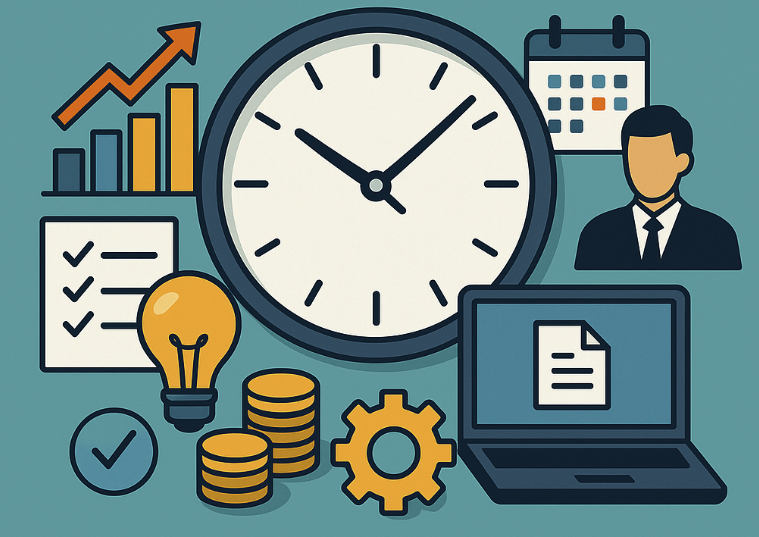Financial constraints can sometimes make it challenging to maintain a healthy and balanced diet.
However, it’s essential to understand that eating well doesn’t always have to be expensive.
There are numerous affordable food options available that are both nutritious and delicious.
This article will explore some of the best cheap foods to buy when you’re broke, offering insights into how you can stretch your budget without compromising on your health or taste.
Cheap Food to Buy When Broke
- Rice: Filling, versatile, and low-cost.
- Pasta: Cheap and can be used in various dishes.
- Beans: Nutritious, high in protein, and inexpensive.
- Lentils: Quick to cook and rich in nutrients.
- Canned Tuna: Affordable source of protein.
- Eggs: Versatile and cost-effective.
- Frozen Vegetables: Less expensive than fresh, but still nutritious.
- Potatoes: Filling, and can be cooked in various ways.
- Oats: Low-cost breakfast option.
- Ramen Noodles: Very cheap, but try to add vegetables or protein.
- Bread: Staple item that’s cost-effective.
- Peanut Butter: Filling and relatively inexpensive.
- Canned Beans: Cheaper and quicker than dried beans.
- Bananas: One of the cheapest fruits.
- Frozen Chicken: Often less expensive than fresh.
- Carrots: Cheap and can be used in a variety of dishes.
- Cabbage: Nutritious and low-cost.
- Bulk Grains: Buying in bulk can save money in the long run.
- Canned Tomatoes: Can be used as a base for sauces and soups.
- Flour: For making your own bread or other baked goods.
- Milk: Provides essential nutrients and is usually low-cost.
- Ground Turkey or Chicken: Cheaper than beef and versatile.
- Apples: Relatively inexpensive and nutritious.
- Cheese: Buying in bulk or blocks can be more economical.
- Onions and Garlic: Inexpensive way to add flavor to meals.
Table of Contents
Understanding the Basics of Budget-Friendly Eating
Before diving into the list of affordable foods, it’s crucial to understand the basics of budget-friendly eating.
The key is to focus on foods that offer the most nutritional bang for your buck.
These are typically whole foods that are high in nutrients and low in empty calories.
Examples include fruits, vegetables, whole grains, lean proteins, and legumes.
Top Cheap Foods to Buy When Broke
Fruits and Vegetables
Fruits and vegetables are packed with essential vitamins and minerals, and they don’t have to break the bank.
Look for seasonal produce or consider buying frozen fruits and vegetables, which are often cheaper and just as nutritious as fresh ones.
Whole Grains
Whole grains like brown rice, oats, and whole wheat bread are not only affordable but also rich in fiber, which can help you feel full longer and reduce your overall food intake.
Lean Proteins
Protein is an essential nutrient for building and repairing tissues.
Cheap sources of lean protein include eggs, canned tuna, chicken breast, and legumes like lentils and chickpeas.
Legumes
Legumes are a cheap and versatile source of protein.
They’re also high in fiber and can be used in a variety of dishes, from soups and stews to salads and stir-fries.
Dairy
Dairy products like milk, cheese, and yogurt are excellent sources of calcium and protein.
Opt for store-brand products to save money without sacrificing quality or nutrition.
Smart Shopping Tips for Eating on a Budget
Here are some tips to help you make the most of your food budget:
- Plan your meals and make a shopping list to avoid impulse purchases.
- Buy in bulk when possible to save money in the long run.
- Choose store-brand products over name-brand ones.
- Take advantage of sales and discounts.
- Prepare meals at home instead of eating out.
FAQs on Cheap Food to Buy When Broke
What are some cheap and healthy meals I can make?
Some cheap and healthy meals include vegetable stir-fry with brown rice, lentil soup, scrambled eggs with vegetables, and tuna salad.
Are canned fruits and vegetables a good option?
Yes, canned fruits and vegetables can be a good option as they are often cheaper than fresh ones and have a longer shelf life.
However, look for options with no added sugar or salt.
Is it cheaper to cook at home or eat out?
Generally, it’s cheaper to cook at home than eat out. Plus, cooking at home allows you to control the ingredients and portion sizes, which can be healthier.
What are some cheap sources of protein?
Cheap sources of protein include eggs, canned tuna, chicken breast, and legumes like lentils and chickpeas.
How can I save money on groceries?
You can save money on groceries by planning your meals, making a shopping list, buying in bulk, choosing store-brand products, and taking advantage of sales and discounts.
Summary – Cheap Food to Buy When Broke
Eating well on a budget is entirely possible with a little planning and smart shopping.
By focusing on nutrient-dense foods like fruits, vegetables, whole grains, lean proteins, and legumes, you can maintain a healthy diet without breaking the bank.
Remember, the key is to make the most of your food budget by planning your meals, shopping smartly, and cooking at home.


